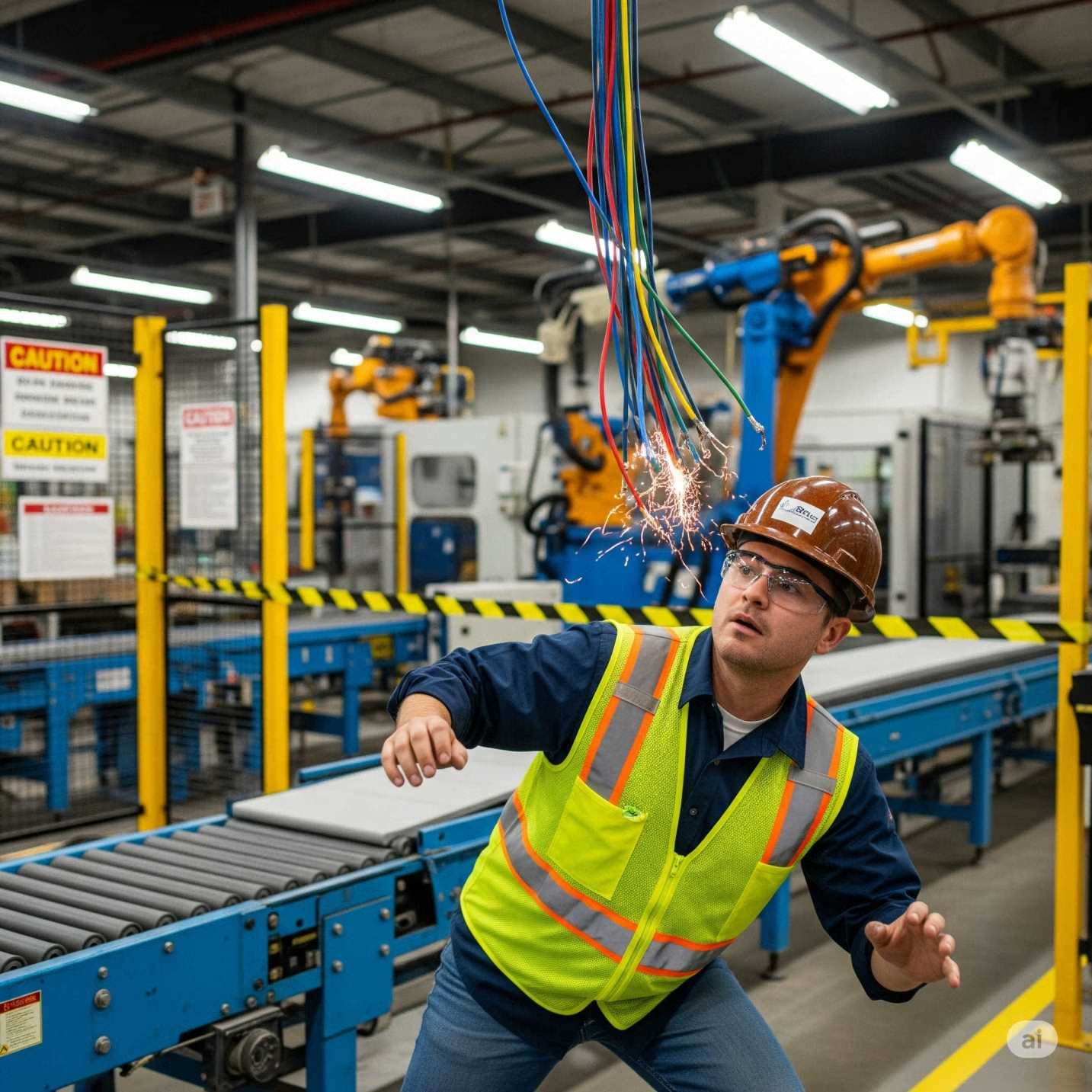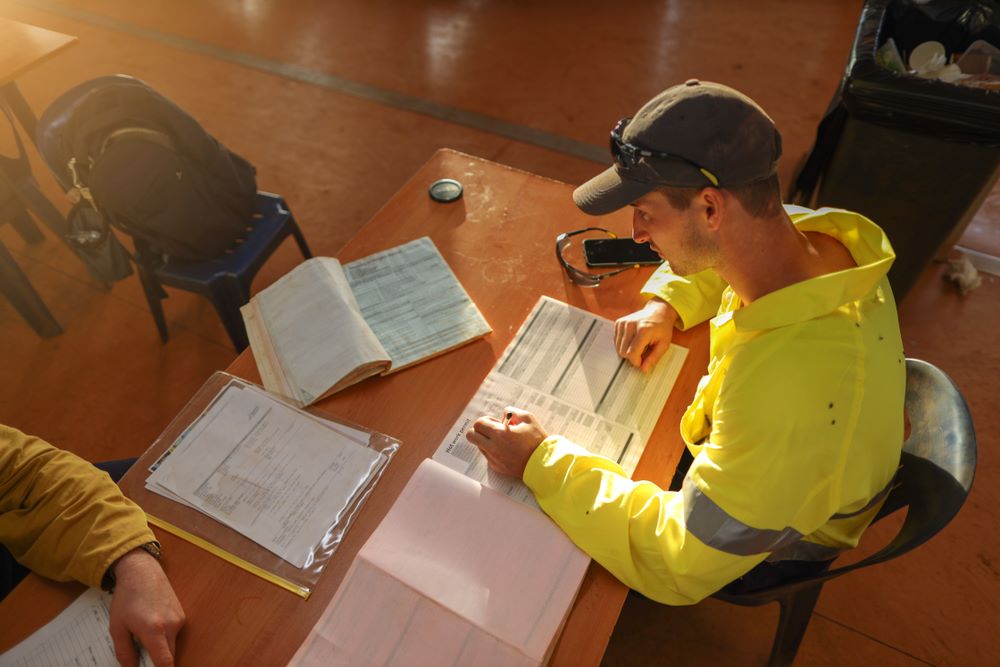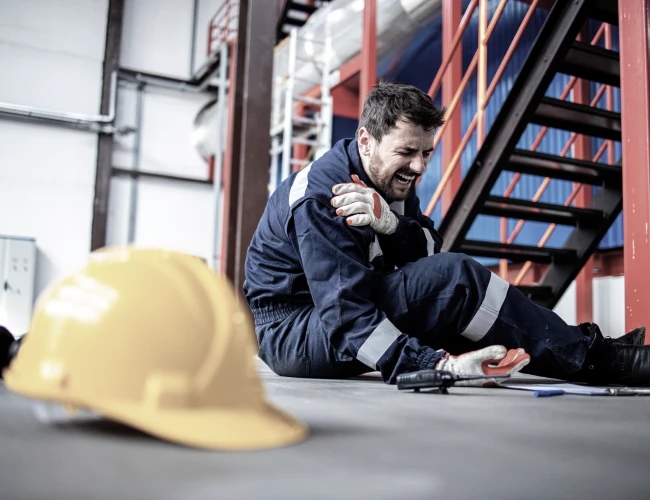Reporting Near Misses: Building a Strong Safety Culture
In workplace safety, incidents that cause injuries or equipment damage often attract the most attention. However, reporting near misses—situations where an accident was narrowly avoided—can be just as important. These seemingly small events are valuable indicators of hidden risks. By actively identifying, documenting, and analyzing near misses, organizations can prevent future accidents, strengthen safety programs, and protect people, equipment, and processes.
What is a Near Miss?
A near miss is an unplanned event that did not cause harm or damage but had the potential to do so. Common examples include:
- A worker slipping but catching themselves before falling.
- A forklift nearly colliding with a pedestrian.
- A chemical spill contained before it caused harm.
- A tool falling from height without hitting anyone.
While no injury occurs, these incidents expose weaknesses in safety protocols, maintenance practices, or employee awareness.
Why Reporting Near Misses is Critical
1. Preventing Future Incidents
Near misses act as early warnings. Each report highlights gaps in processes, training, or equipment that, if ignored, could lead to serious accidents. Reporting near misses enables organizations to address hazards before they cause harm.
2. Building a Proactive Safety Culture
Workplaces that encourage open reporting foster a culture where safety takes precedence over blame. Employees are more likely to participate when they know their input leads to prevention—not punishment.
3. Identifying Patterns and Risks
Tracking near misses over time reveals recurring hazards—such as faulty machinery or unsafe procedures—that may otherwise go unnoticed. This trend analysis supports targeted safety improvements.
4. Supporting Compliance and Risk Management
Many regulatory frameworks encourage or require near miss reporting as part of a robust safety program. Documenting these events demonstrates due diligence and can reduce liability.
Barriers to Reporting Near Misses
Despite its benefits, reporting is often underutilized due to:
- Fear of consequences – Worry about blame or disciplinary action.
- Perception of insignificance – Believing that “nothing happened” means no need to report.
- Lack of understanding – Uncertainty about what counts as a near miss.
- Complicated processes – Time-consuming reporting discourages participation.
Removing these barriers is essential for increasing near miss reporting rates.
How to Encourage Near Miss Reporting
1. Simplify the Process
Use mobile-friendly reporting tools, digital forms, or quick paper slips to make it easy for employees to log incidents on the spot.
2. Promote a No-Blame Culture
Make it clear that reports are for improvement, not punishment. Publicly recognize employees who contribute valuable near miss reports.
3. Provide Training and Awareness
Educate teams on what constitutes a near miss, why it matters, and how to report one. Use real-life case studies to make training relatable.
4. Investigate and Take Action
A report only has value if followed by analysis and corrective action. Use root cause analysis to address hazards and communicate improvements.
5. Track and Share Results
Maintain a central database for all near miss reports. Regularly share findings and safety updates to reinforce the importance of reporting.
Case Study: Reporting Near Misses in Action
In one manufacturing plant, a worker narrowly avoided a forklift collision. The near miss report revealed that shelving blocked visibility in the aisle. Management rearranged the layout, added mirrors, and enhanced forklift training. Similar incidents dropped significantly in the following months—showing the power of early reporting.
The Role of Technology in Near Miss Reporting
Modern EHS software can make reporting near misses faster and more effective with:
- Mobile reporting – Employees can submit reports instantly from the shop floor.
- Automated alerts – Safety teams are notified immediately.
- Data analytics – Visual dashboards highlight high-risk areas.
- Integrated action tracking – Links corrective actions to reports for accountability.
Technology not only streamlines the process but also supports a culture of continuous safety improvement.
Key Takeaways
- Reporting near misses is essential for preventing accidents and promoting a proactive safety culture.
- A simple, no-blame reporting process increases participation.
- Data analysis of near misses uncovers hidden hazards.
- Technology makes reporting faster and trend tracking easier.
Conclusion
Near misses are opportunities to learn before harm occurs. By making reporting near misses a core safety practice, organizations can protect employees, reduce risks, and build a culture of prevention. Remember—today’s near miss can prevent tomorrow’s accident.



